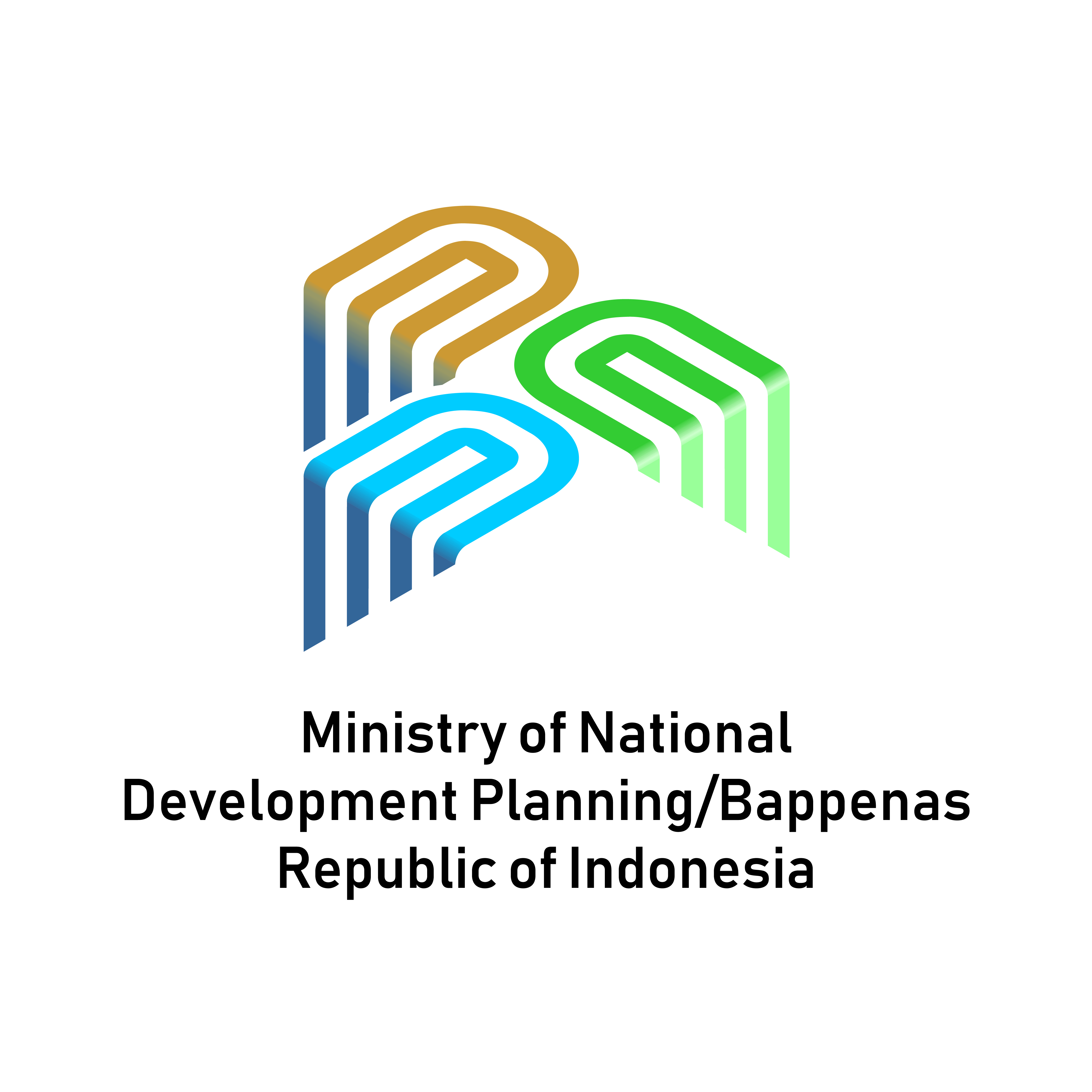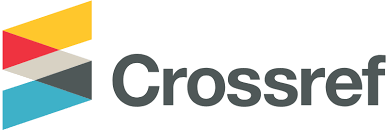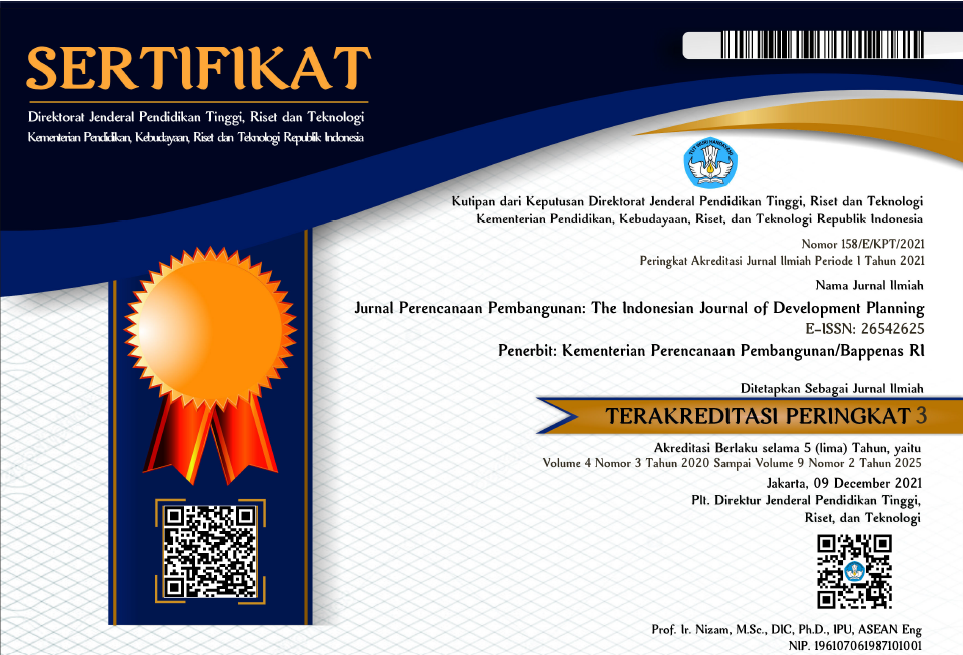Price Gap Comparison in Unit Price and Lump Sum Contracts: A Transaction Cost Economic Approach
DOI:
https://doi.org/10.36574/jpp.v7i1.443Keywords:
lump sum, contract, price gap, procurement, tender, transaction cost economics, unit priceAbstract
This study compares two major types of contracts in public procurement, i.e. unit price and lump sum contracts, in terms of the gap between the winner's bid price and owner’s estimated price (OEP) in resulted price gap during the tender process, taking the case of government procurement in Indonesia. Using Indonesian e-tendering data of 2018-2021, this study employs an Ordinary Least Square regression to assess whether there is a difference in the price gap between the two types of contracts. This study finds that the average price gap in unit price contract is significantly higher than that of lump sum contracts. With the help of the transaction cost economics approach, this study discussed that the higher average price gap in unit price contracts is related to a lower information cost and lower risk of having a change order for the contract faced by the bidders. While in a lump sum contract, the winner's bid price is closer to OEP because bidders are faced with design risks that require higher information costs and contract adaptation during the execution phase. The study also found that the use of a unit price contract is significantly related to a longer tendering time due to a longer period in evaluating the bid.
Downloads
References
Bun, M. J. G., & Harrison, T. D. (2019). OLS and IV estimation of regression models including endogenous interaction terms. Econometric Reviews, 38(7), 814–827. https://doi.org/10.1080/07474938.2018.1427486
Burnett, J. E., & Wampler, B. M. (2011). Unit Price Contracts: A Practical Framework for Determining Competitive Bid Prices. Journal of Applied Business Research (JABR), 14(3), 63. https://doi.org/10.19030/jabr.v14i3.5704
Carter, C. R., Kaufmann, L., Beall, S., Carter, P. L., Hendrick, T. E., & Petersen, K. J. (2004). Reverse auctions––grounded theory from the buyer and supplier perspective. Transportation Research Part E: Logistics and Transportation Review, 40(3), 229–254. https://doi.org/10.1016/j.tre.2003.08.004
Demsetz, H. (1968). Why Regulate Utilities? Journal of Law and Economics, 11(1), 55–65.
Ewerhart, C., & Fieseler, K. (2003). Procurement Auctions and Unit-Price Contracts. The RAND Journal of Economics, 34(3), 569–580.
Federation Internationale des Ingenieurs Conseils (FIDIC). (2017). FIDIC conditions of contract for construction: for building and engineering works designed by the employer (Second). FIDIC.
Gransberg, D. D., & Riemer, C. (2009). Impact of Inaccurate Engineer’s Estimated Quantities on Unit Price Contracts. Journal of Construction Engineering and Management, 135(11), 1138–1145. https://doi.org/10.1061/(ASCE)CO.1943-7862.0000084
Guccio, C., Pignataro, G., & Rizzo, I. (2014). Evaluating the efficiency of public procurement contracts for cultural heritage conservation works in Italy. Journal of Cultural Economics, 38(1), 43–70. https://doi.org/10.1007/s10824-012-9194-2
Gujarati, D. N. (2003). Basic Econometrics: Vol. 4th edition. McGraw Hill.
Gultom, Y. M. L. (2019). Transaction Costs and Efficiency in Design-Build Contracting: Empirical Evidence from the Transportation Infrastructure Sector in Oregon. Public Performance and Management Review, 42(5), 1230–1258. https://doi.org/10.1080/15309576.2019.1572020
Hackney, R., Jones, S., & Lösch, A. (2007). Towards an e-Government efficiency agenda: the impact of information and communication behaviour on e-Reverse auctions in public sector procurement. European Journal of Information Systems, 16(2), 178–191. https://doi.org/10.1057/palgrave.ejis.3000677
Hanák, T., Drozdová, A., & Marovi?, I. (2021). Bidding strategy in construction public procurement: A Contractor’s perspective. Buildings, 11(2), 1–14. https://doi.org/10.3390/buildings11020047
Haronian, E., & Sacks, R. (2018). A specialized information schema for production planning and control of road construction. In eWork and eBusiness in Architecture, Engineering and Construction (pp. 257–264). CRC Press. https://doi.org/10.1201/9780429506215-32
Hart, O., Shleifer, A., & Vishny, R. W. (1997). The Proper Scope of Government: Theory and an Application to Prisons. The Quarterly Journal of Economics, 112(4), 1127–1161. https://doi.org/10.1162/003355300555448
Holmstrom, B., & Milgrom, P. (1991). Multitask Principal-Agent Analyses: Incentive Contracts, Asset Ownership, and Job Design. Journal of Law, Economics, & Organization, 7(Special Issue), 24–52. https://www.jstor.org/stable/764957
Hood, C. (1991). A Public Management for All Seasons? Public Administration, 69(1), 3–19. https://doi.org/10.1111/j.1467-9299.1991.tb00779.x
Hyari, K. H., Shatarat, N., & Khalafallah, A. (2017). Handling Risks of Quantity Variations in Unit-Price Contracts. Journal of Construction Engineering and Management, 143(10), 1–10. https://doi.org/10.1061/(ASCE)CO.1943-7862.0001393
Jahren, C. T., & Ashe, A. M. (1990). Predictors of Cost?Overrun Rates. Journal of Construction Engineering and Management, 116(3), 548–552. https://doi.org/10.1061/(ASCE)0733-9364(1990)116:3(548)
Kang, H. (2014). The Effect of Lump Sum Contracts on Bidding Behavior and Procurement Costs in Public Highway Construction. The University of Wisconsin.
Le?niak, A., & Plebankiewicz, E. (2015). Modeling the Decision-Making Process Concerning Participation in Construction Bidding. Journal of Management in Engineering, 31(2). https://doi.org/10.1061/(ASCE)ME.1943-5479.0000237
Li, H., Arditi, D., & Wang, Z. (2014). Transaction costs incurred by construction owners. Engineering, Construction and Architectural Management, 21(4), 444–458. https://doi.org/10.1108/ECAM-07-2013-0064
LKPP. (2022). Profil Pengadaan Barang/Jasa Pemerintah Tahun Anggaran 2021.
Luo, Y., & Takahashi, H. (2016). Who should bear the risk? Evidence from public procurement auctions. 31th Annual Congress of the European Economic Association and the 69th European Meeting of the Econometric Society EEA-ESEM 2016.
Luo, Y., & Takahashi, H. (2019). Bidding for Contracts under Uncertain Demand: Skewed Bidding and Risk Sharing. SSRN Electronic Journal, 1–50. https://doi.org/10.2139/ssrn.3364708
Maharjan, R. (2017). Effects of Contract Procurement Factors on Performance of Transportation Projects.
Mandell, S., & Nilsson, J.-E. (2010). A Comparison of Unit Price and Fixed Price Contracts for Infrastructure Construction Projects.
Pavel, J., & Si?áková-Beblavá, E. (2013). Do e-auctions realy improve the efficiency of public procurement? The case of the Slovak municipalities. Prague Economic Papers, 1, 111–124. https://doi.org/10.18267/j.pep.443
Placek, M., Schmidt, M., Ochrana, F., & Pucek, M. (2016). Impact of Selected Factors Regarding the Efficiency of Public Procurement (the Case of the Czech Republic) with an Emphasis on Decentralization. Ekonomický ?asopis, 64(1), 22–36. www.vestnikverejnychzakazek.cz
Schexnayder, C. J., & Richard, M. (2004). Construction Management Fundamentals. McGraw-Hill Professional.
Shrestha, P. P., & Pradhananga, N. (2010). Correlating Bid Price with the Number of Bidders and Final Construction Cost of Public Street Projects. Transportation Research Record: Journal of the Transportation Research Board, 2151(1), 3–10. https://doi.org/10.3141/2151-01
Shrestha, P. P., Shrestha, K., & Joshi, V. (2012). Investigation of Unbalanced Bidding for Economic Sustainability. ICSDEC 2012, 609–616. https://doi.org/10.1061/9780784412688.073
Simon, H. A. (1955). A Behavioral Model of Rational Choice. Source: The Quarterly Journal of Economics, 69(1), 99–118.
Simon, H. A., & Barnard, C. I. (1947). Administrative Behavior: A Study of Decision-Making Processes in Administrative Organization. Macmillan.
Soudek, J., & Skuhrovec, J. (2013). Public Procurement of Homogeneous Goods: the Czech Republic Case Study.
Stark, R. M. (1974). Unbalanced Highway Contract Tendering. Journal of the Operational Research Society, 25(3), 373–388. https://doi.org/10.1057/jors.1974.72
Tanzi, V. (1995). Fiscal federalism and decentralization: A review of some efficiency and macroeconomic aspects. Annual World Bank Conference on Development Economics 1995, 295–315.
Tas, B. K. O. (2012). Procurement Efficiency in Public Procurement Auctions: Analysis of Different Types of Products. SSRN Electronic Journal, 1–28. https://doi.org/10.2139/ssrn.2148638
Tas, B. K. O. (2015). How to Achieve Efficiency in Public Procurement Auctions (Working Papers 919).
Wang, Q., Zhang, R., & Liu, J. (2020). Price/time/intellectual efficiency of procurement: Uncovering the related factors in Chinese public authorities. Journal of Purchasing and Supply Management, 26(3), 100622. https://doi.org/10.1016/j.pursup.2020.100622
White, H. (1980). A Heteroskedasticity-Consistent Covariance Matrix Estimator and a Direct Test for Heteroskedasticity. Econometrica, 48(4), 817–838. https://doi.org/10.2307/1912934
Williamson, O. E. (1976). Franchise Bidding for Natural Monopolies-in General and with Respect to CATV Franchise bidding for natural monopolies in general and with respect to CATV. Source: The Bell Journal of Economics, 7(1), 73–104.
Williamson, O. E. (1979). Transaction-Cost Economics: The Governance of Contractual Relations. Source: The Journal of Law & Economics, 22(2), 233–261. https://www.jstor.org/stable/725118
Williamson, O. E. (1999). Public and private bureaucracies: a transaction cost economics perspectives. Journal of Law, Economics, and Organization, 15(1), 306–342. https://doi.org/10.1093/jleo/15.1.306
Williamson, O. E. (2000). The New Institutional Economics: Taking Stock, Looking Ahead. Journal of Economic Literature, 38(3), 595–613. https://doi.org/10.1257/jel.38.3.595
Williamson, O. E., Wachter, M. L., & Harris, J. E. (1975). Understanding the Employment Relation: The Analysis of Idiosyncratic Exchange. The Bell Journal of Economics, 6(1), 250–278.
Wooldridge, J. M. (2016). Introductory Econometrics (6th ed.). Cengage Learning.
Downloads
Published
How to Cite
Issue
Section
License
This is an open-access article distributed under the terms of the Creative Commons Attribution-NonCommercial-ShareAlike 4.0 International License. Copyright © Kementerian PPN/Bappenas RI


















